-
 Bitcoin
Bitcoin $94,130.2756
-0.01% -
 Ethereum
Ethereum $1,802.0377
0.48% -
 Tether USDt
Tether USDt $1.0007
0.04% -
 XRP
XRP $2.2262
1.41% -
 BNB
BNB $601.3461
-0.44% -
 Solana
Solana $149.5843
0.57% -
 USDC
USDC $1.0002
0.02% -
 Dogecoin
Dogecoin $0.1828
0.75% -
 Cardano
Cardano $0.7009
-0.65% -
 TRON
TRON $0.2488
-0.62% -
 Sui
Sui $3.5896
6.26% -
 Chainlink
Chainlink $14.6214
-1.07% -
 Avalanche
Avalanche $22.0930
1.06% -
 Stellar
Stellar $0.2845
-1.72% -
 UNUS SED LEO
UNUS SED LEO $9.0097
-0.84% -
 Toncoin
Toncoin $3.2654
1.74% -
 Shiba Inu
Shiba Inu $0.0...01368
-3.35% -
 Hedera
Hedera $0.1887
-1.24% -
 Bitcoin Cash
Bitcoin Cash $352.6236
-1.94% -
 Litecoin
Litecoin $87.1538
1.54% -
 Polkadot
Polkadot $4.1259
-2.47% -
 Hyperliquid
Hyperliquid $17.7780
1.47% -
 Dai
Dai $1.0001
0.01% -
 Bitget Token
Bitget Token $4.4080
0.58% -
 Ethena USDe
Ethena USDe $0.9995
0.00% -
 Pi
Pi $0.6353
-1.28% -
 Monero
Monero $228.3196
-0.03% -
 Pepe
Pepe $0.0...08954
-1.88% -
 Uniswap
Uniswap $5.6246
-2.84% -
 Aptos
Aptos $5.4478
-1.64%
What is PHA coin? Learn what PHA coin is in one minute
PHA coins, the native cryptocurrency of the privacy-preserving Phala Network, serve as utility tokens, staking rewards, and governance tools, empowering users within the decentralized computing platform.
Oct 31, 2024 at 11:56 am
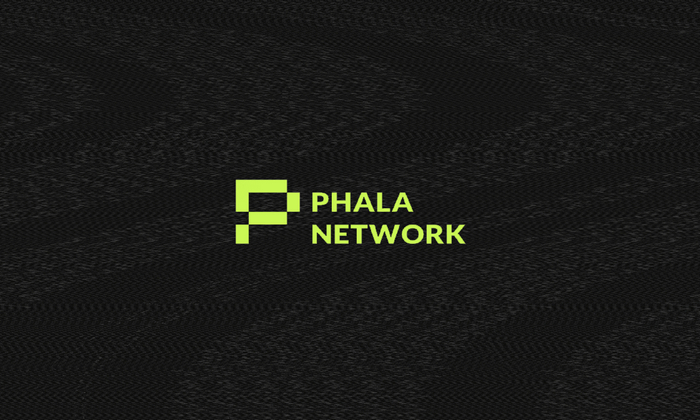
What is a PHA Coin?
PHA coins are the native cryptocurrency of the Phala Network, a privacy-preserving computing platform on the Polkadot network.
What is the Purpose of PHA Coins?
PHA coins serve several functions within the Phala Network:
- Utility: Used to pay transaction fees and as a reward for validators who secure the network.
- Stakeable: PHA coins can be staked to participate in the network's consensus mechanism and earn rewards.
- Reserve: A portion of PHA coins are held as a reserve to cover critical expenses and developments.
- Governance: Staked PHA coins grant holders voting rights in network governance proposals.
How to Obtain PHA Coins:
PHA coins can be obtained through the following methods:
- Token sale: PHA coins were initially sold through a token sale in October 2021.
- Staking: Staking PHA coins on the Phala Network can earn you additional PHA rewards.
- Exchanges: PHA coins are listed on several cryptocurrency exchanges, where they can be bought and sold with fiat currency or other cryptocurrencies.
Advantages of PHA Coins:
- Privacy: The Phala Network offers strong privacy protections for users and data.
- Decentralization: The Phala Network is a decentralized platform, meaning that it is not controlled by any single party.
- Scalability: The Phala Network is built on the high-throughput Polkadot network, which enables fast and efficient transaction processing.
Summary:
PHA coins are the native cryptocurrency of the Phala Network, which provides privacy-preserving computing on Polkadot. They are used for utility, staking, reserve, and governance purposes. PHA coins can be obtained through token sales, staking, or cryptocurrency exchanges. The advantages of PHA coins include privacy, decentralization, and scalability.
Disclaimer:info@kdj.com
The information provided is not trading advice. kdj.com does not assume any responsibility for any investments made based on the information provided in this article. Cryptocurrencies are highly volatile and it is highly recommended that you invest with caution after thorough research!
If you believe that the content used on this website infringes your copyright, please contact us immediately (info@kdj.com) and we will delete it promptly.
- Bitcoin (BTC) price remains above $90,00 despite massive sell-off
- 2025-04-27 22:15:12
- Bitcoin (BTC) market capitalization could soar to $200 trillion, says Blockstream's Adam Back
- 2025-04-27 22:15:12
- Shiba Inu (SHIB) price is back in traders' crosshairs after technical signals and on-chain metrics suggested a potential upward movement.
- 2025-04-27 22:10:13
- The value of President Donald Trump's meme coin soared Wednesday
- 2025-04-27 22:10:13
- Solflare Launches Its Self-Custodial Crypto Card on Solana, Offering Instant Spending with USDC
- 2025-04-27 22:05:12
- 5 Hottest Upcoming Crypto Projects in April 2025
- 2025-04-27 22:05:12
Related knowledge

What is Ethereum’s Slashing mechanism and how to punish malicious behavior?
Feb 20,2025 at 03:08am
Key PointsOverview of slashingDifferent types of slashing in EthereumIncentives and consequences of slashingIdentifying and reporting slashed validatorsOngoing discussions and potential improvementsEthereum's Slashing Mechanism: Punishing Malicious BehaviorEthereum's slashing mechanism is an essential tool for ensuring network security and punishing mal...
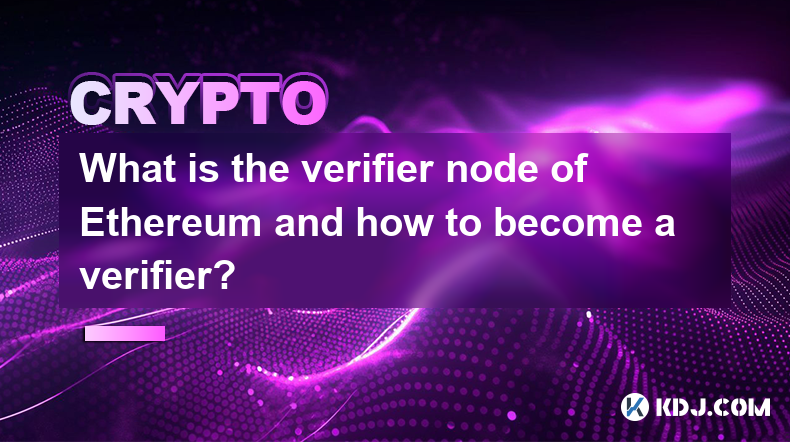
What is the verifier node of Ethereum and how to become a verifier?
Feb 19,2025 at 06:00pm
The Verifier Node of Ethereum: A Comprehensive GuideKey Points:What is a Verifier Node?How to Become a Verifier NodeResponsibilities and Rewards of a Verifier NodeMinimum Requirements for Becoming a Verifier NodePotential Difficulties in Running a Verifier Node1. What is a Verifier Node?A Verifier Node is an independent entity on the Ethereum network th...
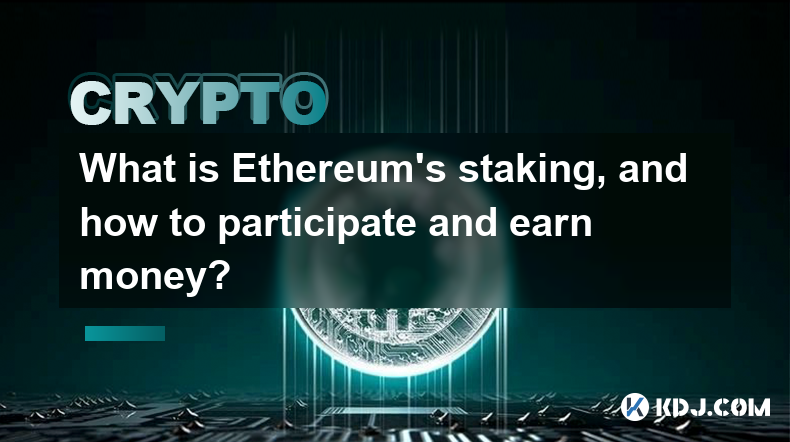
What is Ethereum’s staking, and how to participate and earn money?
Feb 19,2025 at 04:37pm
Key Points:Understanding Ethereum's Staking MechanismSteps to Participate in StakingBenefits and Rewards of StakingSecurity and Risk ConsiderationsTechnical Requirements and Hardware OptionsPotential Challenges and Troubleshooting TipsFAQs on Ethereum StakingWhat is Ethereum's Staking?Proof-of-Stake (PoS) is a consensus mechanism used in blockchain netw...
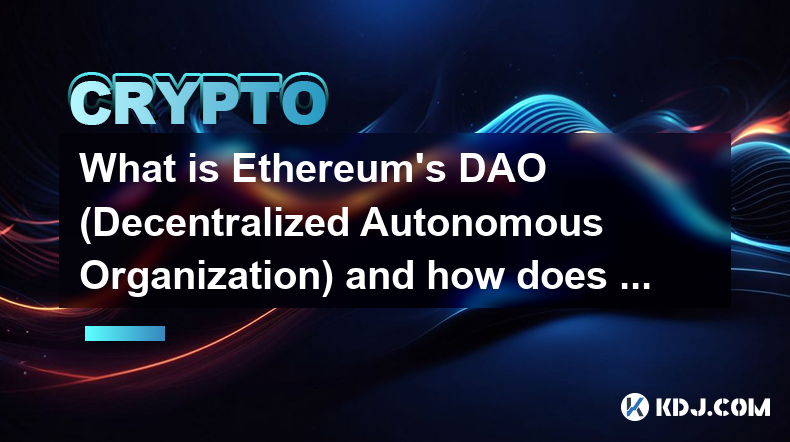
What is Ethereum’s DAO (Decentralized Autonomous Organization) and how does it work?
Feb 20,2025 at 03:12am
Key PointsDefinition and Structure of a DAOGovernance and Decision-Making in DAOsBenefits and Use Cases of DAOsChallenges and Limitations of DAOsWhat is Ethereum's DAO (Decentralized Autonomous Organization) and How Does It Work?Definition and Structure of a DAOA Decentralized Autonomous Organization (DAO) is an innovative governance and management fram...
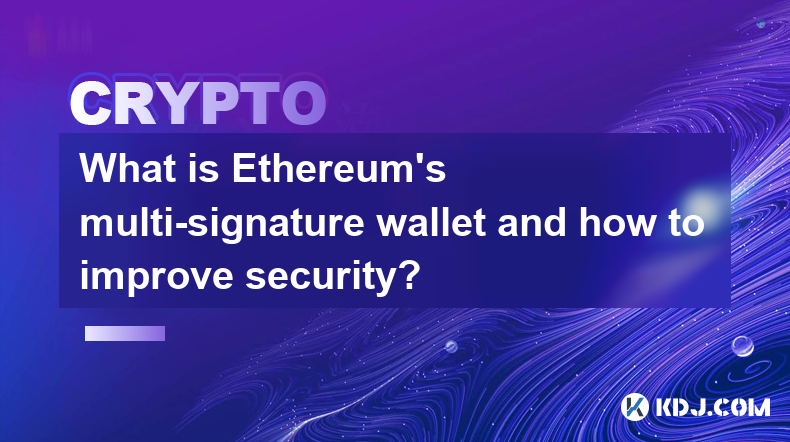
What is Ethereum's multi-signature wallet and how to improve security?
Feb 20,2025 at 02:18pm
Key Points:Understanding the Concept of a Multi-Signature WalletBenefits and Drawbacks of Multisig WalletsRequirements for Setting Up a Multisig WalletStep-by-Step Guide to Generating a Multisig WalletImplementing Strategies for Enhanced Security1. Understanding the Concept of a Multi-Signature WalletA multi-signature (multisig) wallet in the Ethereum e...
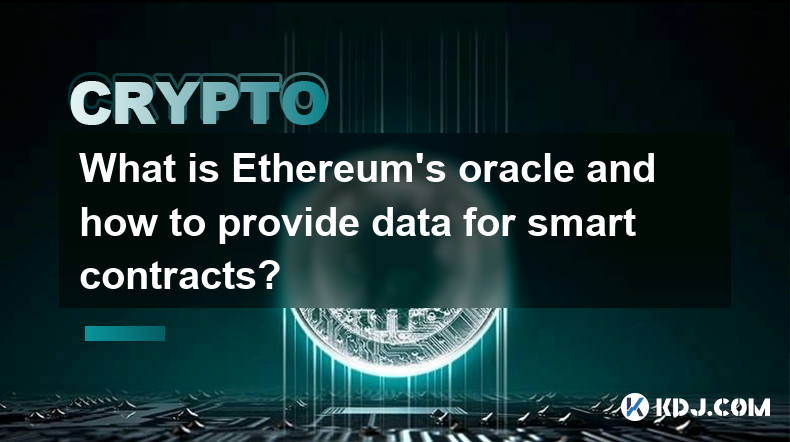
What is Ethereum's oracle and how to provide data for smart contracts?
Feb 21,2025 at 01:30am
Key Points:Understanding the concept of oracles in EthereumExploring different types of oraclesDetailed guide on how to provide data for smart contractsAddressing potential challenges and considerationsWhat is Ethereum's Oracle?Oracles are crucial components in the Ethereum ecosystem, enabling smart contracts to access real-world data and off-chain even...

What is Ethereum’s Slashing mechanism and how to punish malicious behavior?
Feb 20,2025 at 03:08am
Key PointsOverview of slashingDifferent types of slashing in EthereumIncentives and consequences of slashingIdentifying and reporting slashed validatorsOngoing discussions and potential improvementsEthereum's Slashing Mechanism: Punishing Malicious BehaviorEthereum's slashing mechanism is an essential tool for ensuring network security and punishing mal...

What is the verifier node of Ethereum and how to become a verifier?
Feb 19,2025 at 06:00pm
The Verifier Node of Ethereum: A Comprehensive GuideKey Points:What is a Verifier Node?How to Become a Verifier NodeResponsibilities and Rewards of a Verifier NodeMinimum Requirements for Becoming a Verifier NodePotential Difficulties in Running a Verifier Node1. What is a Verifier Node?A Verifier Node is an independent entity on the Ethereum network th...

What is Ethereum’s staking, and how to participate and earn money?
Feb 19,2025 at 04:37pm
Key Points:Understanding Ethereum's Staking MechanismSteps to Participate in StakingBenefits and Rewards of StakingSecurity and Risk ConsiderationsTechnical Requirements and Hardware OptionsPotential Challenges and Troubleshooting TipsFAQs on Ethereum StakingWhat is Ethereum's Staking?Proof-of-Stake (PoS) is a consensus mechanism used in blockchain netw...

What is Ethereum’s DAO (Decentralized Autonomous Organization) and how does it work?
Feb 20,2025 at 03:12am
Key PointsDefinition and Structure of a DAOGovernance and Decision-Making in DAOsBenefits and Use Cases of DAOsChallenges and Limitations of DAOsWhat is Ethereum's DAO (Decentralized Autonomous Organization) and How Does It Work?Definition and Structure of a DAOA Decentralized Autonomous Organization (DAO) is an innovative governance and management fram...

What is Ethereum's multi-signature wallet and how to improve security?
Feb 20,2025 at 02:18pm
Key Points:Understanding the Concept of a Multi-Signature WalletBenefits and Drawbacks of Multisig WalletsRequirements for Setting Up a Multisig WalletStep-by-Step Guide to Generating a Multisig WalletImplementing Strategies for Enhanced Security1. Understanding the Concept of a Multi-Signature WalletA multi-signature (multisig) wallet in the Ethereum e...

What is Ethereum's oracle and how to provide data for smart contracts?
Feb 21,2025 at 01:30am
Key Points:Understanding the concept of oracles in EthereumExploring different types of oraclesDetailed guide on how to provide data for smart contractsAddressing potential challenges and considerationsWhat is Ethereum's Oracle?Oracles are crucial components in the Ethereum ecosystem, enabling smart contracts to access real-world data and off-chain even...
See all articles























































































